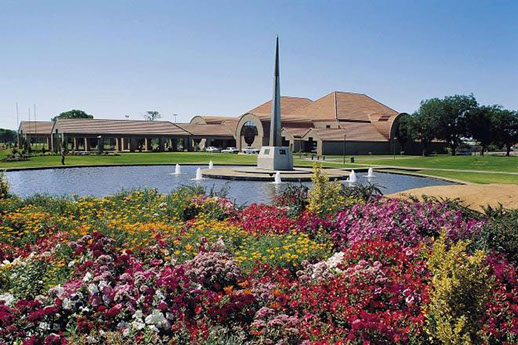<< Back

The three towns they are situated in are just as unique and diverse as the three campuses of the North-West University. Eish! takes a look at a short history of Mahikeng, Potchefstroom and Vanderbijlpark.


The city of Potchefstroom, which houses the Potchefstroom Campus (and the NWU’s Institutional Office), is situated on the banks of the Mooi River.
There are various explanations of where the city’s name comes from. Some say it comes from the words “Potgieter”, “chef” and “stroom”. This refers to the Voortrekker leader and town father, Andries Potgieter. Chef indicates leader and stroom refers to the Mooi River. Another version is
that the name is derived from the word “Potscherf”, which means a shard
of a broken pot. This refers to the cracks that appear in the soil of the Mooi River Valley during a drought. The dry riverbed resembles a broken pot.
The city was founded in 1838 and according to some sources became the oldest settlement of people of European descent in the then Transvaal. (Other sources indicate that the neighbouring town of Klerksdorp was the oldest.) The name of the municipality was changed from Potchefstroom Municipality to Tlokwe Municipality in 2007. According to the Tlokwe Municipality’s website, it is home to approximately 250 000 residents.
The history of the Potchefstroom Campus dates back to 1869 when the Theological School of the Reformed Church opened on 29 November of that year in Burgersdorp. It was moved to Potchefstroom in 1905.